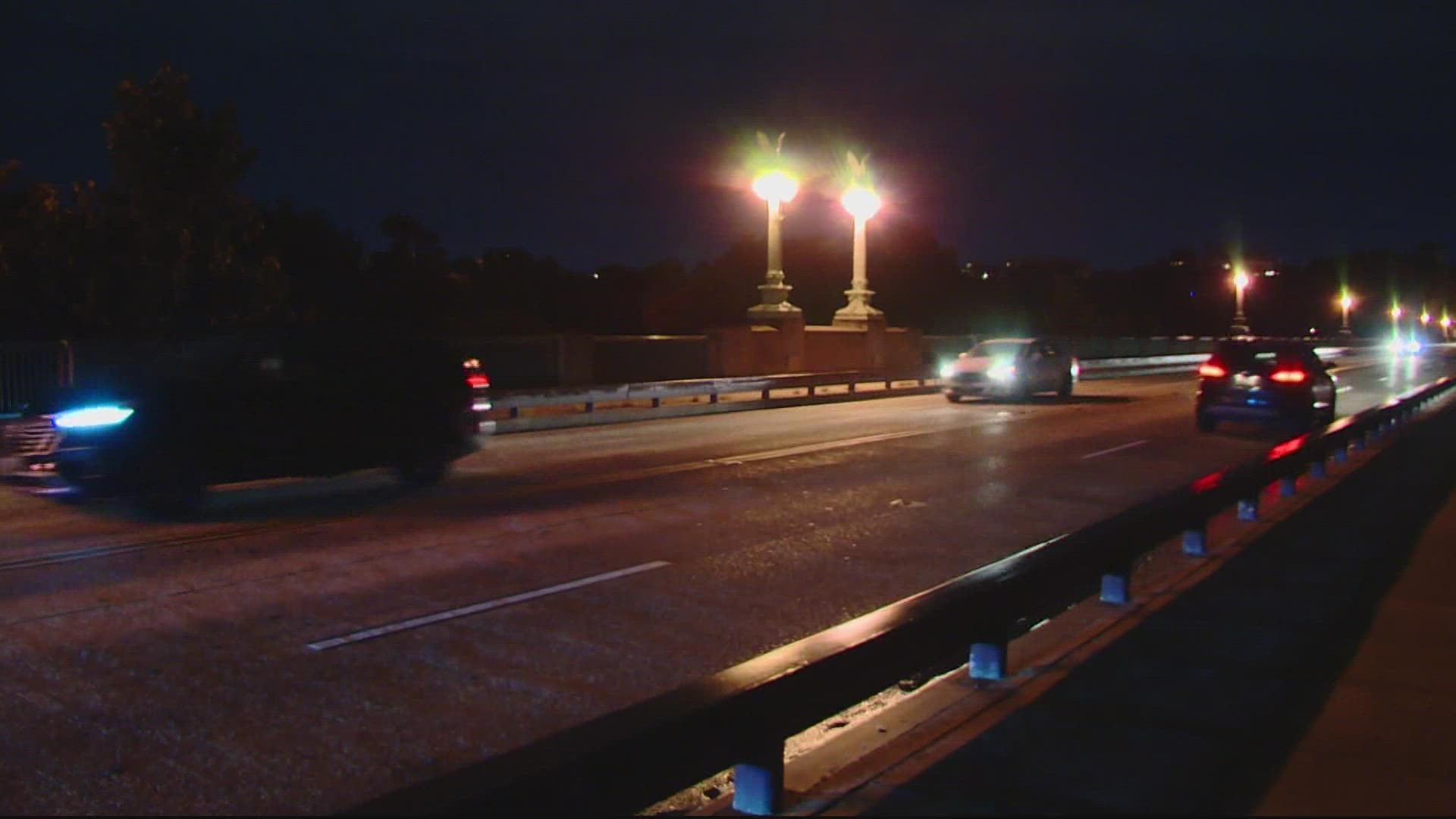WASHINGTON — A D.C. woman wants District officials to finally add barriers to a well-known bridge.
In April, 29-year-old Peter Tripp jumped to his death off the Taft Bridge, along Connecticut Avenue Northwest. Tripp left behind his longtime partner, Chelsea Van Thof, who met him at veterinary school.
“He was very supportive,” she said. “You could you could feel the love from him.”
The Taft Bridge, unlike the nearby Ellington Bridge on Calvert Street Northwest, does not have barriers on its sides. Following Tripp’s death, Van Thof said she planned to change that.
“The next day, I told my friend, that bridge is getting a barrier if I have anything to say about it,” she said.
Van Thof started to meet with community leaders shortly thereafter.
“I never want anyone to feel the pain that losing a loved one to suicide, especially in this way, evokes,” she said.
One person Van Thof has focused her attention on is DC Council Chair Phil Mendelson who, 30 years ago as an Advisory Neighborhood Commissioner, fought to stop D.C. from putting barriers on the Taft Bridge.
“The research was virtually non-existent about whether barriers actually deterred somebody from suicide at that place,” Mendelson said.
Van Thof asked Mendelson, during a virtual listening session Monday, if he would support the District placing a barrier along the Taft Bridge. Mendelson apologized for Van Thof’s loss and then said declined to act on the matter.
“I don’t intend as a councilmember to get involved with that,” he said.
However, Van Thof has not been deterred. She said she is planning to speak with Mendelson in person about the issue.
“It's important to me,” she said. “It's important to honor Peter in this way and he was the best person I ever met and this is what he would have done. That's what he would have wanted.”
Van Thof has supporters too. In June, the local advisory neighborhood commission, ANC 3C, voted to approve a resolution in favor of installing barriers on the Taft Bridge.
In the meantime, Van Thof says she plans to also bring attention to suicide among veterinarians. According to the Centers for Disease Control and Prevention, veterinarians in the United States and abroad have a higher suicide risk compared to the general population.
“There is a suicide crisis in veterinary medicine,” Van Thof said. “You find out early on as a suicide survivor that suicide is not caused by one thing most of the time, it's the perfect storm of circumstances.”
If you happen to be in need of help or know someone who needs assistance, the Suicide & Crisis Lifeline is a great resource. It can be reached by calling "988" 24 hours a day, seven days a week.

